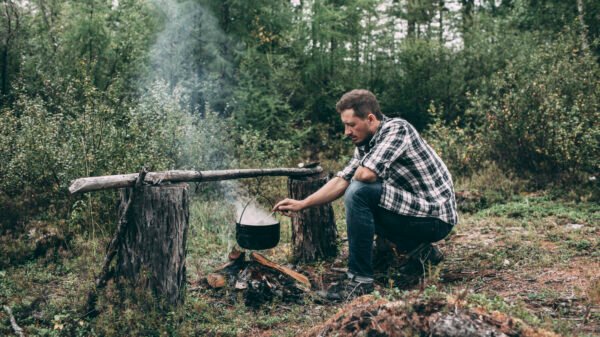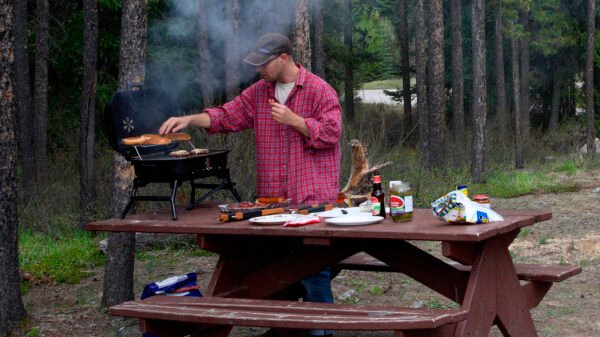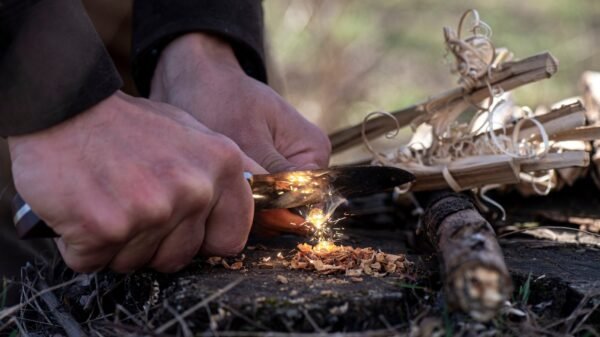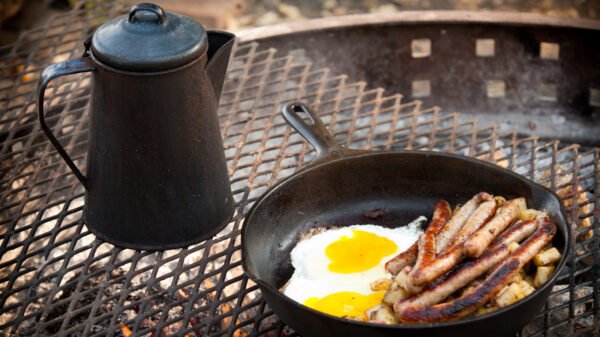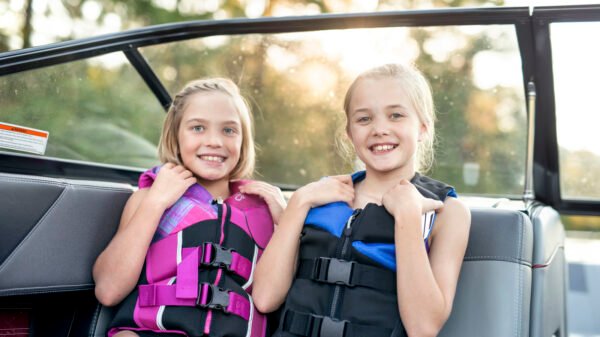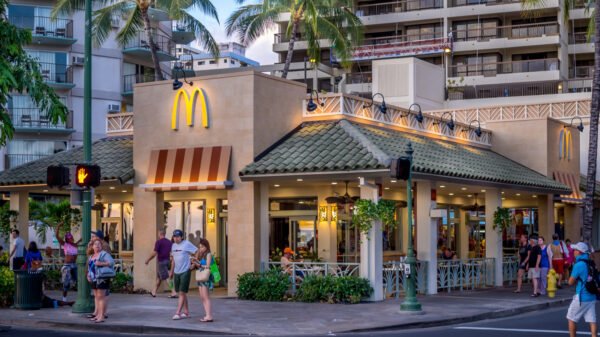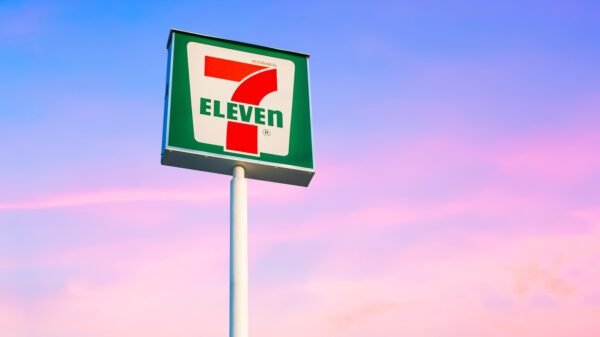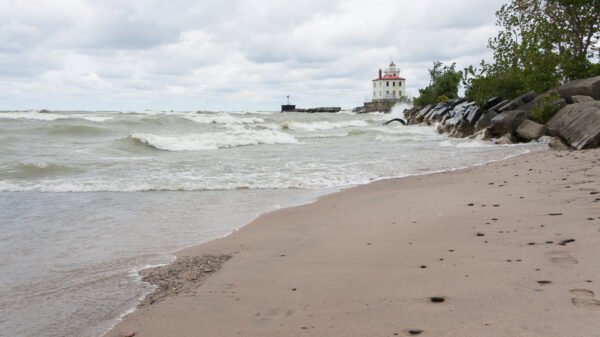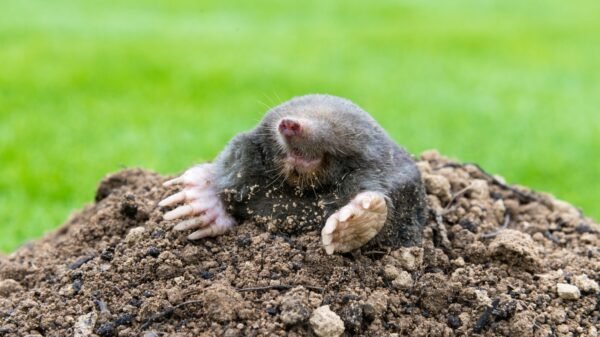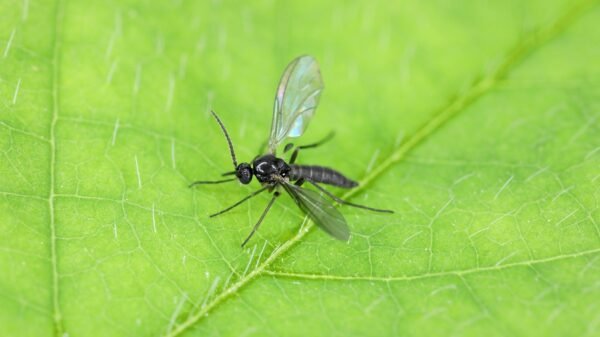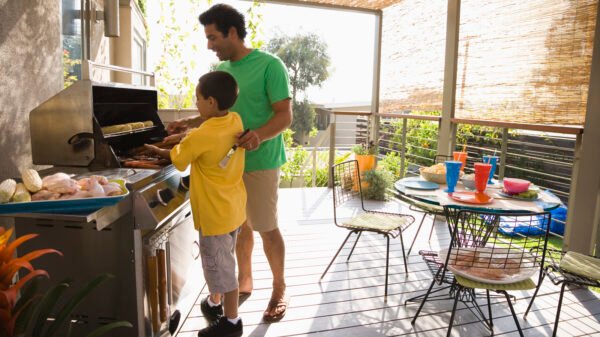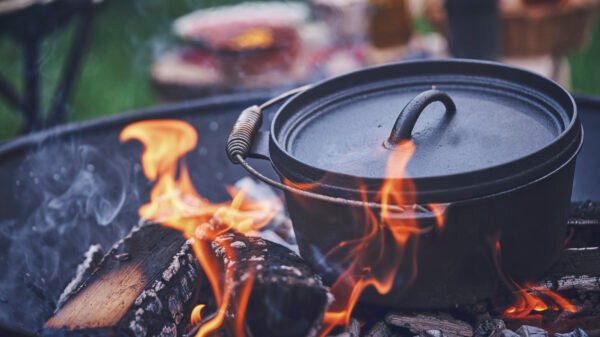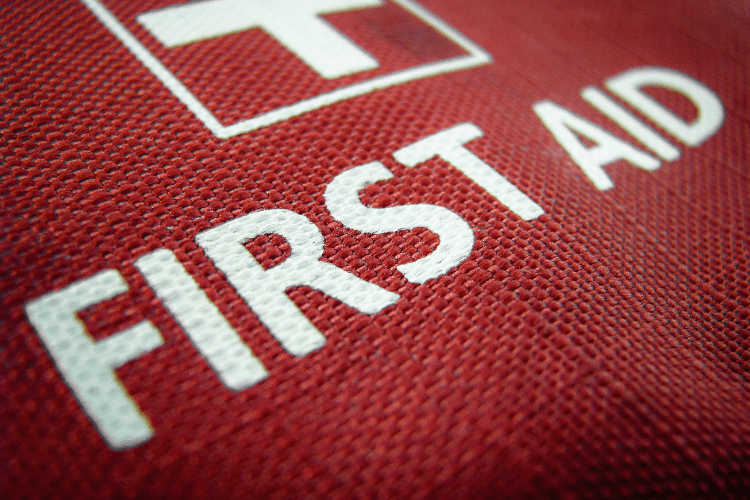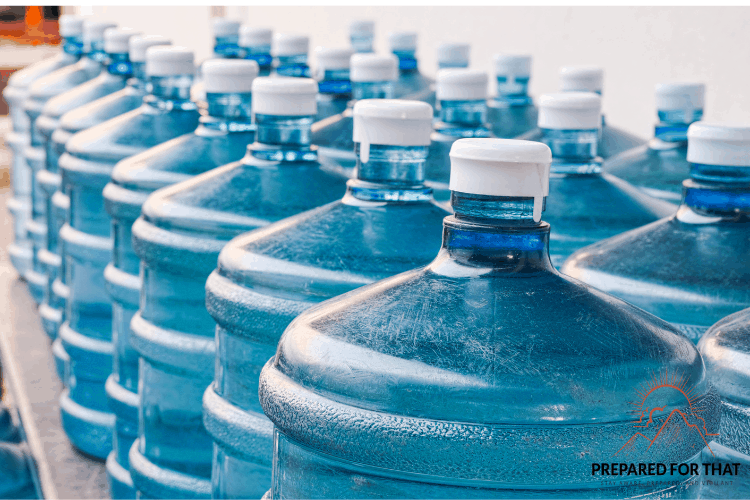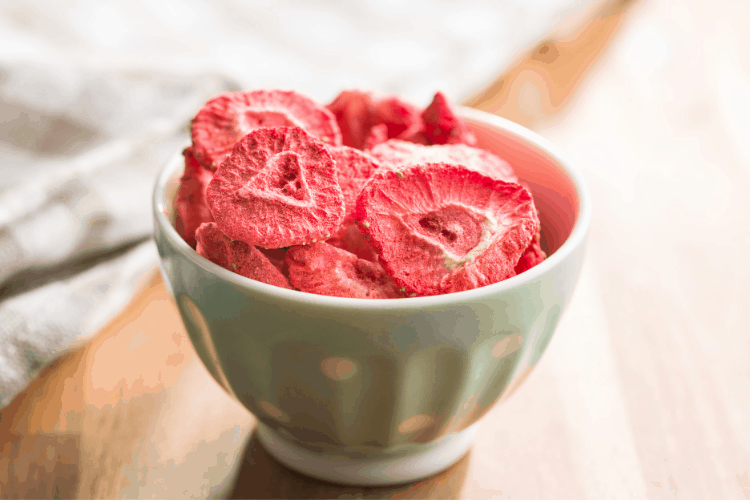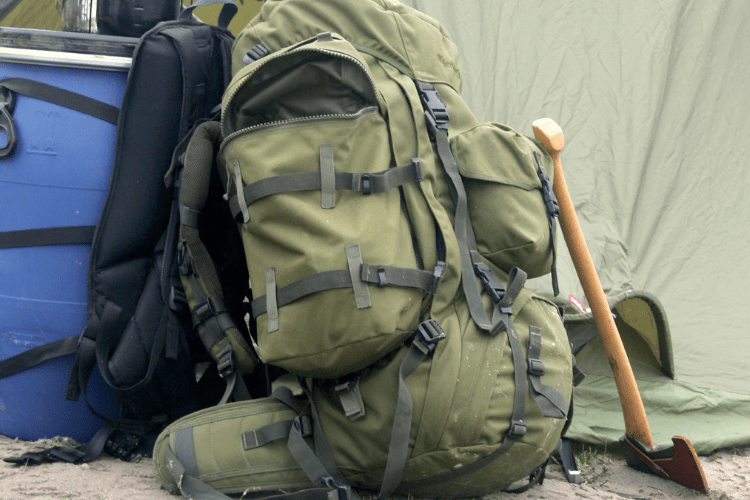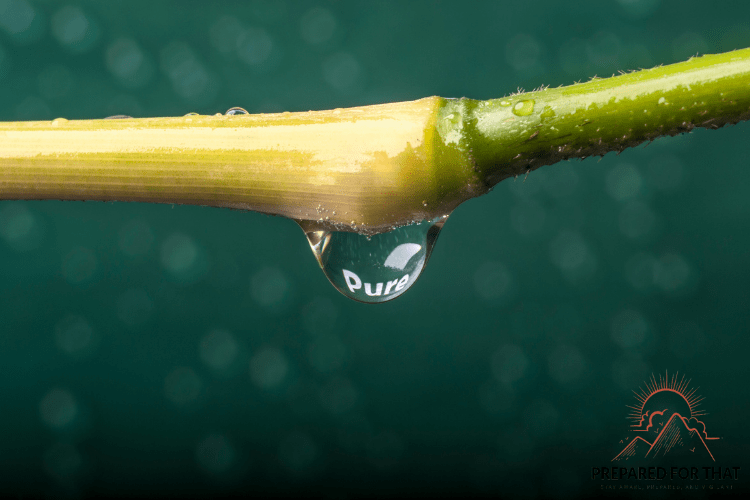An adequate first-aid medicine list is a must. You must be ready for cuts, bruises, and other severe and commonplace problems. Never skip the first aid that you plan on using.
First Aid Kit Checklist
Bandages and Splints:
These are to secure cuts, broken bones, and other shared concerns. Items include Sterile bandages, Adhesive tape, Folding splints, Sterile gauze pads, and Shaped bandages – circular and triangular bandages can cover joints; Safety pins in several sizes.
Treatment Items:
There are several good non-prescription items that you can get for first aid kit items:
- Antacids
- Pain relievers
- Laxatives
- Eyewash
- Rubbing alcohol
- Hydrogen peroxide or any other antiseptic
- Activated charcoal
- Anti-diarrhea medicine
Be aware of expiration dates. While it is true that these are safe to use if they are fully sealed in sterile containers or packages, there is a potential for some medicines to lose their potency if they are not used within a particular period. Also, you must have a sufficient supply of any medicine you and your loved ones take.
Tools:
Have a good supply of these:
- Tweezers
- Scissors
- Thermometer
- Latex gloves
- Cleaning soaps
- Antiseptic spray, which may help sterilize different tools
- Razor blades
- Wooden application sticks
- Petroleum jelly or any other safe-to-use lubricant
Sources:
https://www.redcross.org/get-help/how-to-prepare-for-emergencies/anatomy-of-a-first-aid-kit.html
https://www.mayoclinic.org/first-aid/first-aid-kits/basics/art-20056673
https://www.google.com/books/edition/Be_a_Prepper/NkttjwEACAAJ?hl=en


